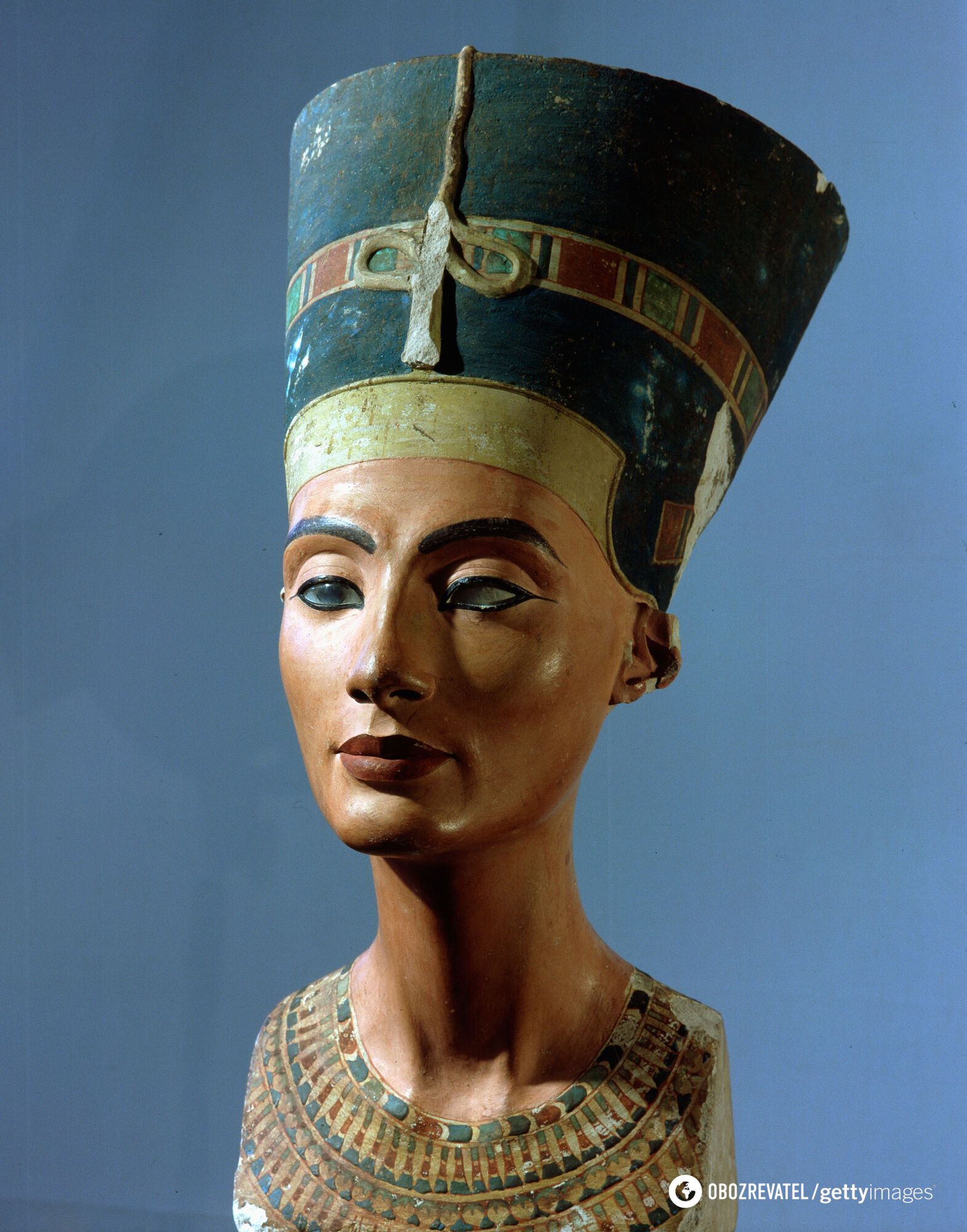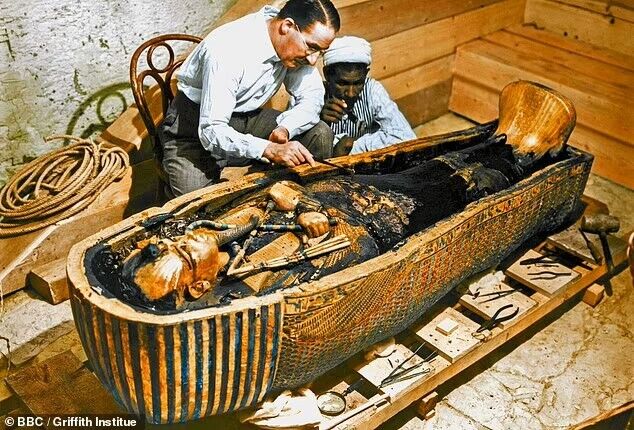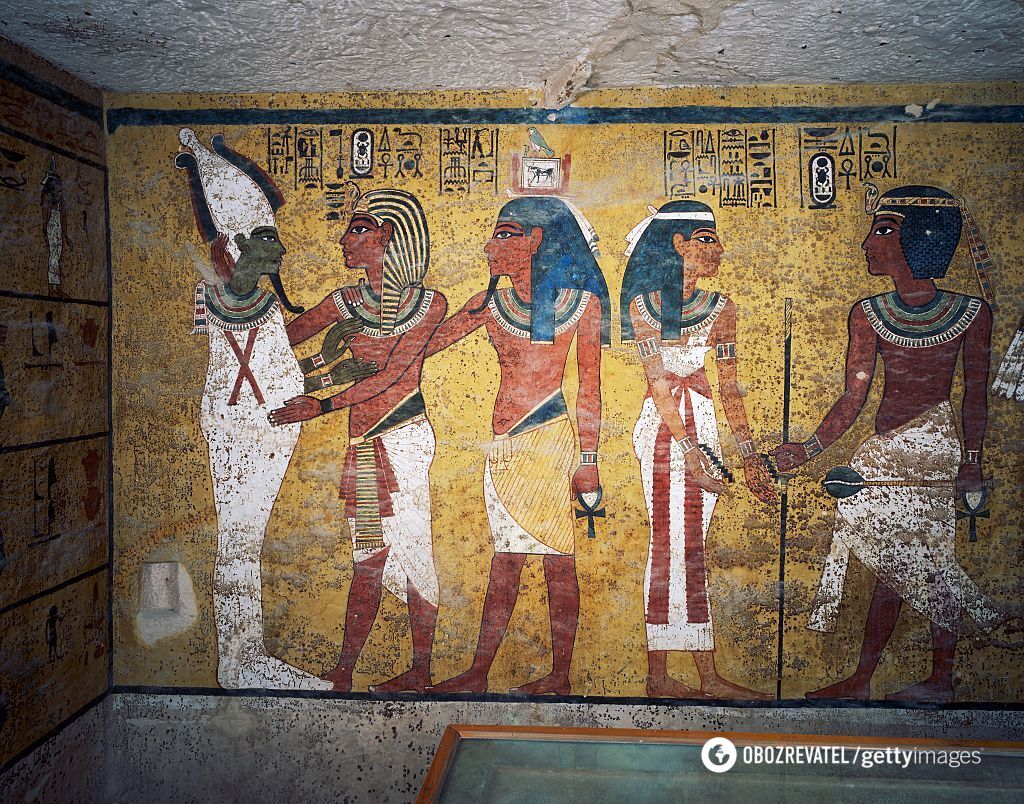News
It was a woman. Scientists have established who actually owns the golden mask of Tutankhamun
The posthumous mask of Pharaoh Tutankhamun is one of the most iconic Egyptian relics. However, researchers say it may not have been intended for the late ruler.
The team from the University of York in the UK says that the holes in the mask's ears indicate that it was actually intended for a high-ranking woman or child, possibly Tutankhamun's stepmother Nefertiti, whose body has not been found. Scientists suggest that the sudden death of the young king at the age of 18 may have led to the use of a mask made for another person for his burial, DailyMail writes.
"This mask was not made for an adult male pharaoh. When we compared the gold, we found that the face was made of a completely different gold than the rest of the mask," said archaeology professor Joanne Fletcher.
The researchers came up with the new theory after re-examining historical records of the 1922 excavation. They found references to body modifications that were not consistent with ancient Egyptian tradition.
One document caught Fletcher's attention, which read: "One feature that has been overlooked for a long time has been honed in on – the clearly pierced ears on the posthumous mask."
While pharaohs wore earrings, the modifications were not carried over to the posthumous mask. The piercings were only on those made for the masks of queens and children, the researchers note.
Prof. Fletcher said she is certain that the famous posthumous mask was not designed specifically for Tutankhamun. However, this idea was first put forward in 2015 by Egyptologist Nicholas Reeves, who claimed that the golden face covering was originally made for Queen Nefertiti, the young king's stepmother.
It is known that Nefertiti married Tutankhamun's father, Akhenaton. But the queen's tomb has not yet been found.
However, the tomb of King Tutankhamun, who ascended the Egyptian throne at the age of only nine and ruled from 1332 to 1323 BC, was discovered in 1922 by British archaeologist Howard Carter, historians say. An ancient crypt was unearthed in the Valley of the Kings, which was filled to the brim with all kinds of valuables, including the famous golden mask of the young ruler.
Joanne Fletcher has suggested that the clues on the mask mean that Tutankhamun's burial was rushed. Archaeologists have also documented paint stains on the tomb wall that indicate it did not dry when the tomb was quickly prepared for burial.
Some experts suspect that Tutankhamun was murdered, while others believe that health problems led to his death. After all, the young pharaoh had clubfoot, cleft palate, bone disease, and scoliosis. Such diseases could have been provoked by the fact that his father and mother were brother and sister. And such couples often give birth to sick children.
Only verified information is available on the OBOZ.UA Telegram channel and Viber. Do not fall for fakes!
































